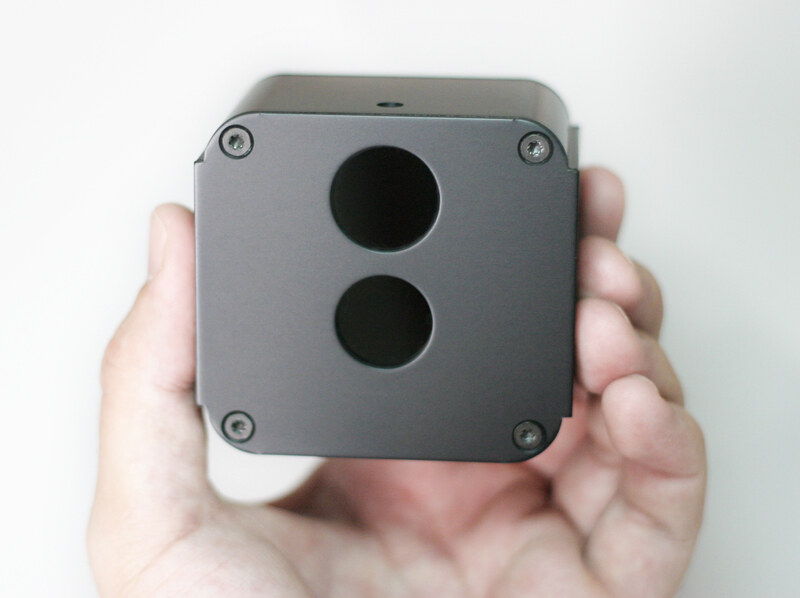Abstract
The standard method for estimating the rigid-body motion of arbitrary interaction devices with an infrared-optical tracking system involves attaching pre-defined geometric constellations of retro-reflective or light-emitting markers, commonly referred to as "targets", to all tracked objects. Optical markers of the same type are typically indistinguishable from each other, requiring the tracking system to establish their identities through known spatial relationships. Consequently, the specific geometric arrangement of markers across multiple targets has a considerable impact on the system's overall performance and robustness. In this paper, we propose a simple new methodology for constructing optically tracked rigid-body targets. Our practically-oriented approach employs an optimization heuristic to compute near-optimal marker arrangements. Using prefabricated mounting fixtures, the assembly step requires only basic hobbyist tools and skills.
Reference
Pintaric, T., & Kaufmann, H. (2008). A Rigid-Body Target Design Methodology for Optical Pose-Tracking Systems. In Proceedings of the 2008 ACM symposium on Virtual reality software and technology. 15th ACM Symposium on Virtual Reality Software and Technology (VRST 2008), Bordeaux, France, EU. ACM Press. https://doi.org/10.1145/1450579.1450594

